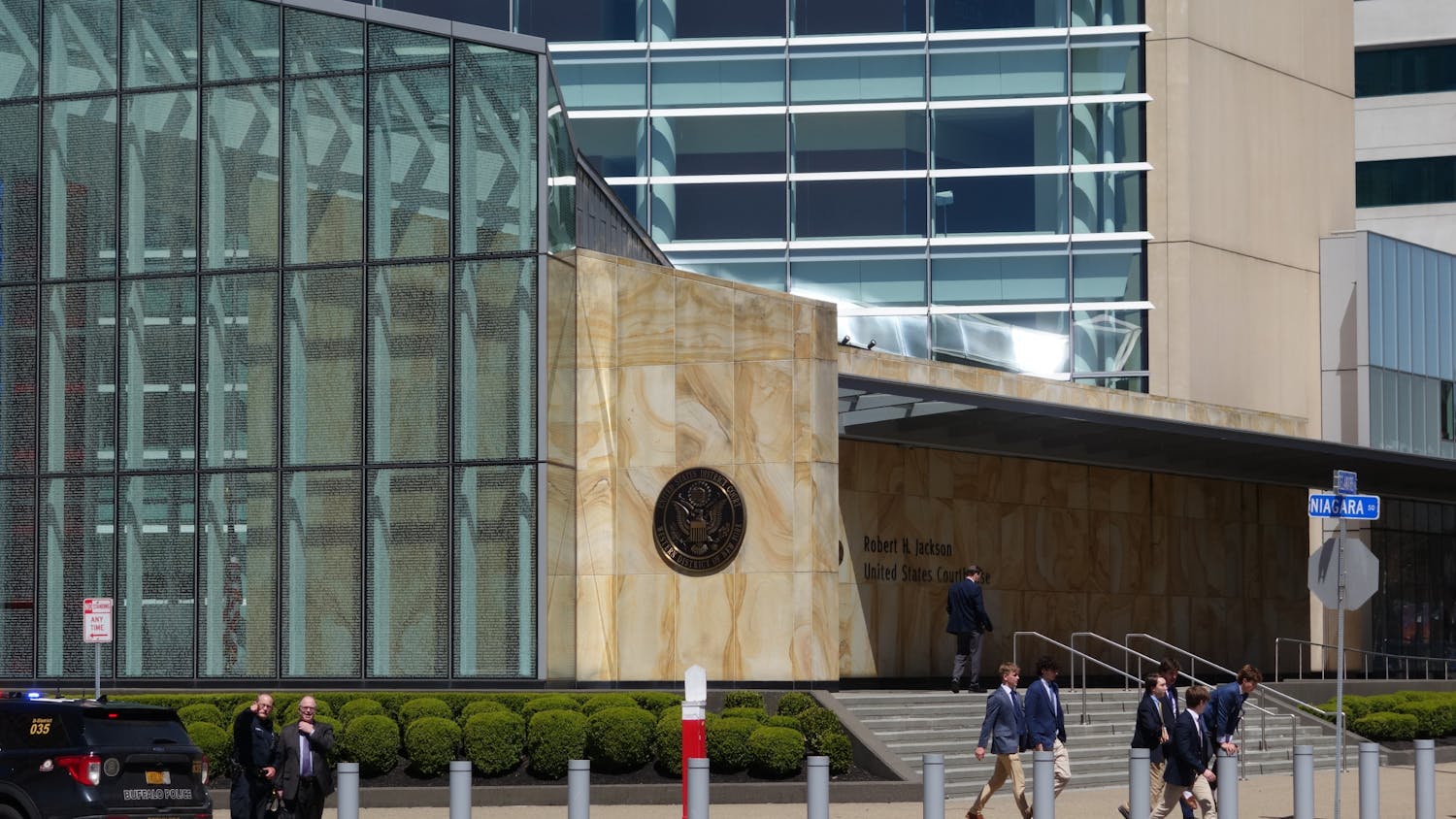Russ Miller, director of the Center for Computational Research at UB, was recently listed on HPCwire magazine's "2003 Watch List for HPC" - the computing magazine's list of the most interesting and influential people in the field of supercomputing.
HPCwire, which stands for High Powered Computing Wire, compiled the list based on the criteria of people whom they believed were the "most interesting and colorful people ... in (high powered computing) to keep an eye on," according to the HPCwire Web site.
Though impressed by the flurry of publicity he has received of late, Miller did not take sole credit.
"Through all the efforts of our staff to establish a first-rate computing center, the world has taken note," Miller said.
The acknowledgement by HPCwire is one in a series of recent accolades. In November, a supercomputer in the center was ranked as the 22nd fastest in the world.
Miller has a long history in the field of supercomputing, which he has used to direct the mission of the CCR.
He said his passion for computing started in high school and continued into his college years at SUNY Binghamton.
"When I went to college, I really knew that I was interested in computer science and mathematics," he said.
Miller received a degree in computer science and mathematics from Binghamton and returned to earn his master's and doctoral degrees in the field.
"It was just a wonderful environment with dedicated and inspirational faculty," Miller said.
Miller said that in college, parallel algorithms and parallel computing became the building blocks of his career in super computing.
"Those areas serve as the fundamentals for high performance computing," Miller said.
Immediately after receiving his doctorate, Miller came to UB to teach in the computer science department. During Miller's first years as a teacher, he said he became the assistant director of a campus graduate organization involved with advanced scientific computing.
"That group basically pulled together all the people who were interested in high-end computing and parallel computing from UB," Miller said.
The CCR was created in 1999, from a task force chaired by Miller. Its mission was to examine the need for high-performance computing at UB, according to Miller.
Several grants from the private sector, as well as from the university, enabled the center to invest in state-of-the-art equipment that facilitated early growth of the CCR.
A jump start was given to the CCR when Miller and a group of colleagues, which included Tom Furlani, associate director of the center, won a critical grant from the National Science Foundation.
At the same time as the National Science Foundation grant, IBM also awarded the CCR a $1 million grant. The two grants allowed the center to open its doors with two supercomputers, instead of one.
Miller said the two supercomputers are crucial for a research-oriented university.
"Not only is it excellent for research, but it is also used to educate elected officials as to the capabilities that we have on this campus," Miller added.
The center is currently working in high-resolution visualizations of models for various public works projects, such as a toll barrier relocation on the New York State Thruway and models for relocation of the Peace Bridge.
Aside from providing valuable computing power, Miller said the center has received funding that will benefit the university at large.
"Over $100 million in funding has come to the university," Miller said. "Money is not everything, but money supports research which in turn supports students and faculty members."
According to Miller, the center currently supports 47 on-campus research groups in 27 different departments.
"Universities serve as a training ground for professionals," said Miller.
The center also supports over 20 local organizations, according to Miller.
"We are part of Western New York, and I believe reaching out to the community is important," Miller said.
Despite the recent recognition, Miller said he remains focused on the center's goals.
"Our plans are what they have always been - to continue to provide high performance computing and high end visualization at the level required for faculty to do world-class research," he said.





